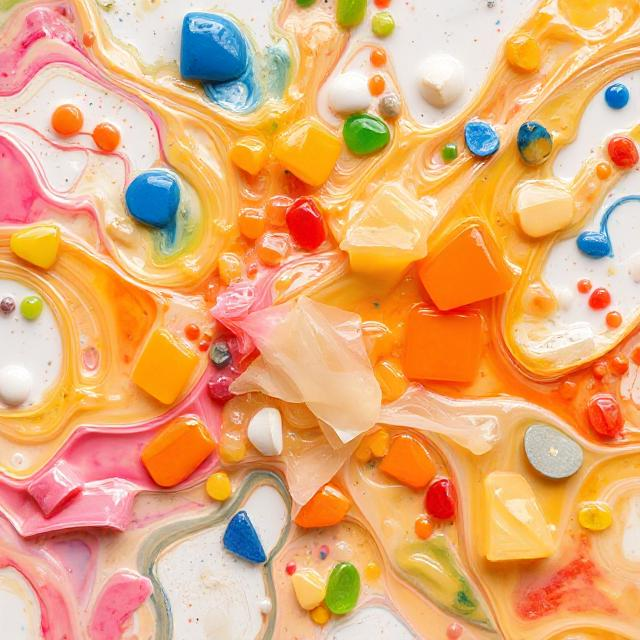Why You Should Never Mix Plastics When Recycling (And What Happens If You Do)
Hey there! If you’re anything like me, you’re probably all in on recycling. After all, who doesn’t want to do their part to help save the planet, right? But when it comes to sorting through those different plastics, things can get a little… murky. Sure, it’s easy to think, “Hey, it’s all plastic, right? Why not just throw it all in together?” Well, trust me when I say, that’s exactly the kind of thinking that can turn a good recycling effort into a wasted one.
So, let’s dive into why melting different plastics together is a big no-no and how it affects the whole recycling process. If you don’t know how to identify the 7 different plastics you should start here!
1. Different Plastics Melt at Different Temperatures
First off, here’s something you might not know: plastics aren’t all created equal. There are several types of plastic, each with different chemical properties, and guess what? They melt at different temperatures.
You’ve probably heard the term “thermoplastic,” which is just a fancy way of saying plastic that softens when heated. Well, not all thermoplastics soften at the same temperature. For example, PET (the plastic used in bottles) melts at a much higher temperature than HDPE (the one used for milk jugs). If you mix them together and toss them into the recycling bin, it’s going to cause a problem when they try to melt, and you’re gonna end up with a plastic that isn’t fully melted together or is starting to burn.
2. They Don’t Bond Well Together
Let’s say, in some wild scenario, the plastic types do sort of melt together. Well, here’s where things go south again. When plastics from different families are melted and fused together, they don’t bond in a way that’s useful for creating new products.
The mix might be sludgy, inconsistent, and lacking in strength or durability. Imagine trying to build a house with a bunch of bricks that don’t fit together properly — it’s going to be shaky at best, and basically worthless at worst. That’s what you get when mixed plastics are processed: a low-quality material that can’t be turned into anything useful.
3. It’s Almost Impossible to Separate Mixed Plastics
Now, here’s where the real problem kicks in: if plastics get mixed together and then processed (even poorly), it’s next to impossible to separate them back out into their original forms. That means the once-recyclable plastics are now completely ruined for future recycling.
Do you know how recycling bins typically separate materials into categories like paper, glass, and plastics? That’s because each of those categories has a specific recycling method and needs to be kept pure to be effective. When you mix plastics, the recycling facility just can’t do its job. They either have to toss it all out or put it in a lower-grade recycling process that isn’t going to result in anything high-quality.
4. It Creates a Downcycling Problem
If you’ve ever heard the term “downcycling,” this is where it really starts to apply. When plastics are mixed together and the process can’t create a usable material, the end product is usually something lower quality than the original plastic. This is called downcycling.
Wrapping It Up
So, the next time you’re about to toss a bunch of plastic items into the same extruder, think twice. It might seem like a small thing, but mixing plastics is actually a big deal for the environment. By keeping them separate, you’re doing more than just following a guideline — you’re helping to make sure that plastic can actually be recycled and reused in a meaningful way.

